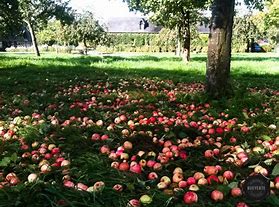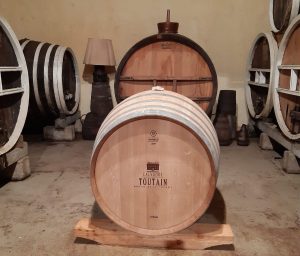Five of the Most Popular Types of Apple Brandy
 Whether you call it applejack, calvados or bätzi, apple brandy is a spirit made from fermented and distilled apples. There are clear, unaged versions and golden-coloured ones that have spent years in oak barrels. These are five of the most popular:
Whether you call it applejack, calvados or bätzi, apple brandy is a spirit made from fermented and distilled apples. There are clear, unaged versions and golden-coloured ones that have spent years in oak barrels. These are five of the most popular:
Applejack
Historically, applejack was made with North American cider apples and produced using a method called “jacking” or freeze distillation. These days, however, it is typically distilled in column or pot stills and aged in barrels or bottled as a young, clear spirit. Applejack and apple brandy are by definition the same, but there are minor differences between the apples used, terroir and the ageing process.
Bätzi
A clear brandy made from dried apples which comes from Switzerland’s Obwalden region. The process of ageing can vary but the duration is usually six months or more. Bätzi is closely related to another type of Swiss apple brandy, Träsch, but the latter is made with fresh, not dried apples.
Calvados
Calvados is an apple brandy which must be made with apples from Normandy, France as stated in its Appellation d’Origine Contrôlée (AOC) status. The apples are fermented into cider, distilled into eau-de-vie, and then aged for at least two years in oak barrels. Whilst a small number of pears are permissible, the majority of the mix has to come from the region’s very many apple varieties.
Eau-de-Vie de Pomme
Crisp and water-clear, eau-de-vie is a broad category of brandy that can be made from pretty much any fruit. It’s produced in much of Europe as well as the U.S. When made from apples, the spirit is called eau-de-vie de pomme. The apples are fermented into cider before being distilled, often (but not always) in a copper pot still. Eau-de-vie is generally unaged.
Obstler
Hailing from Germany, Austria and Switzerland, this is a clear, unaged spirit. As with calvados, it is not always exclusively made from apples; Obstler can contain a variety and larger quantities of other fruits in its mix. Apple and pear obstler is common, but there are also varieties made with apples and plums, apricots and cherries.

 Calvados has long been the underdog of French spirits. “Even in France, people quite liked it, but the image was dusty and old fashioned,” says Xavier d’Audiffret Pasquier, co-founder of Maison Sassy. “Our mission is to bring calvados back to life. We want to almost promote calvados like a gin, as a very modern spirit.”
Calvados has long been the underdog of French spirits. “Even in France, people quite liked it, but the image was dusty and old fashioned,” says Xavier d’Audiffret Pasquier, co-founder of Maison Sassy. “Our mission is to bring calvados back to life. We want to almost promote calvados like a gin, as a very modern spirit.”